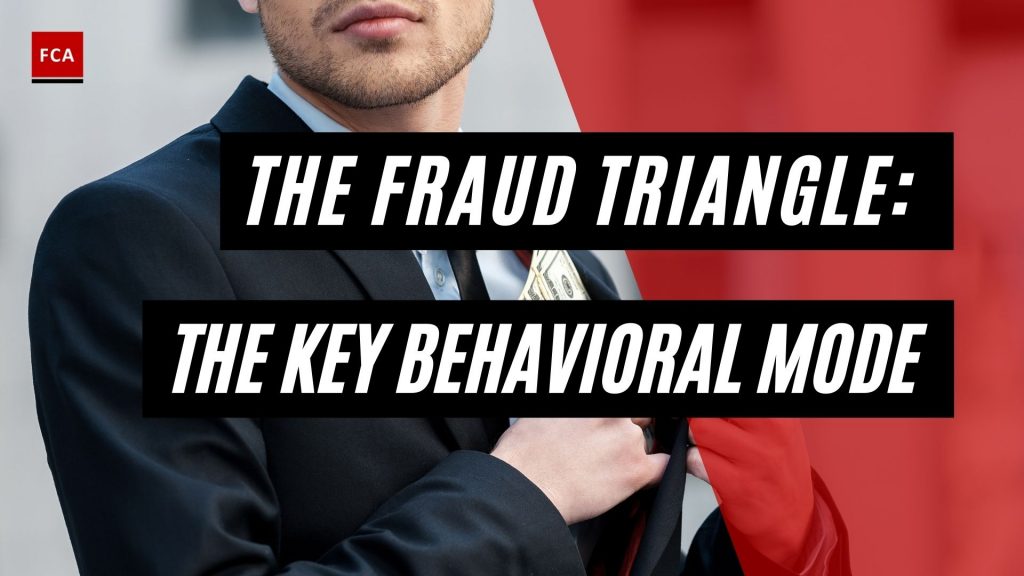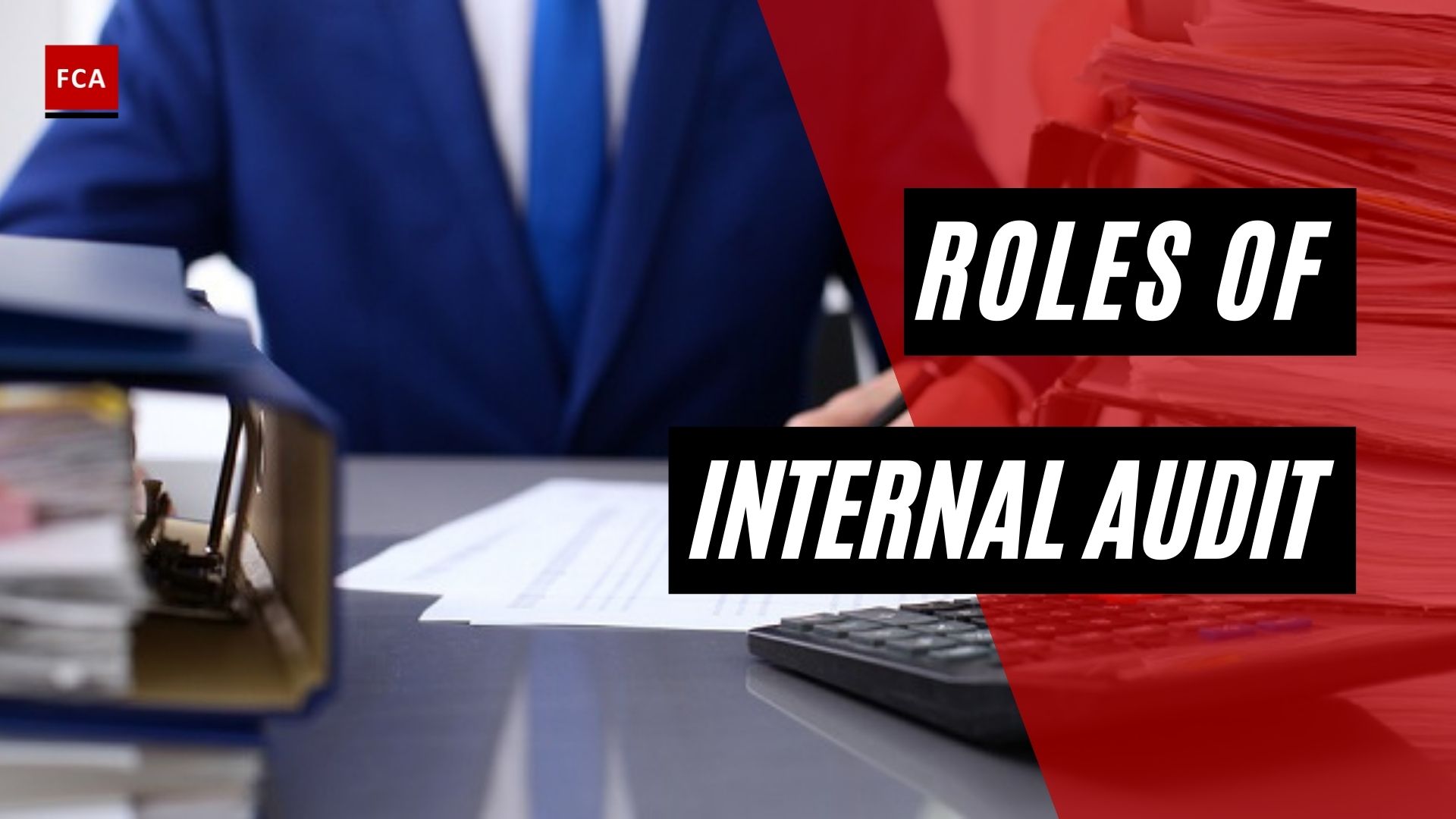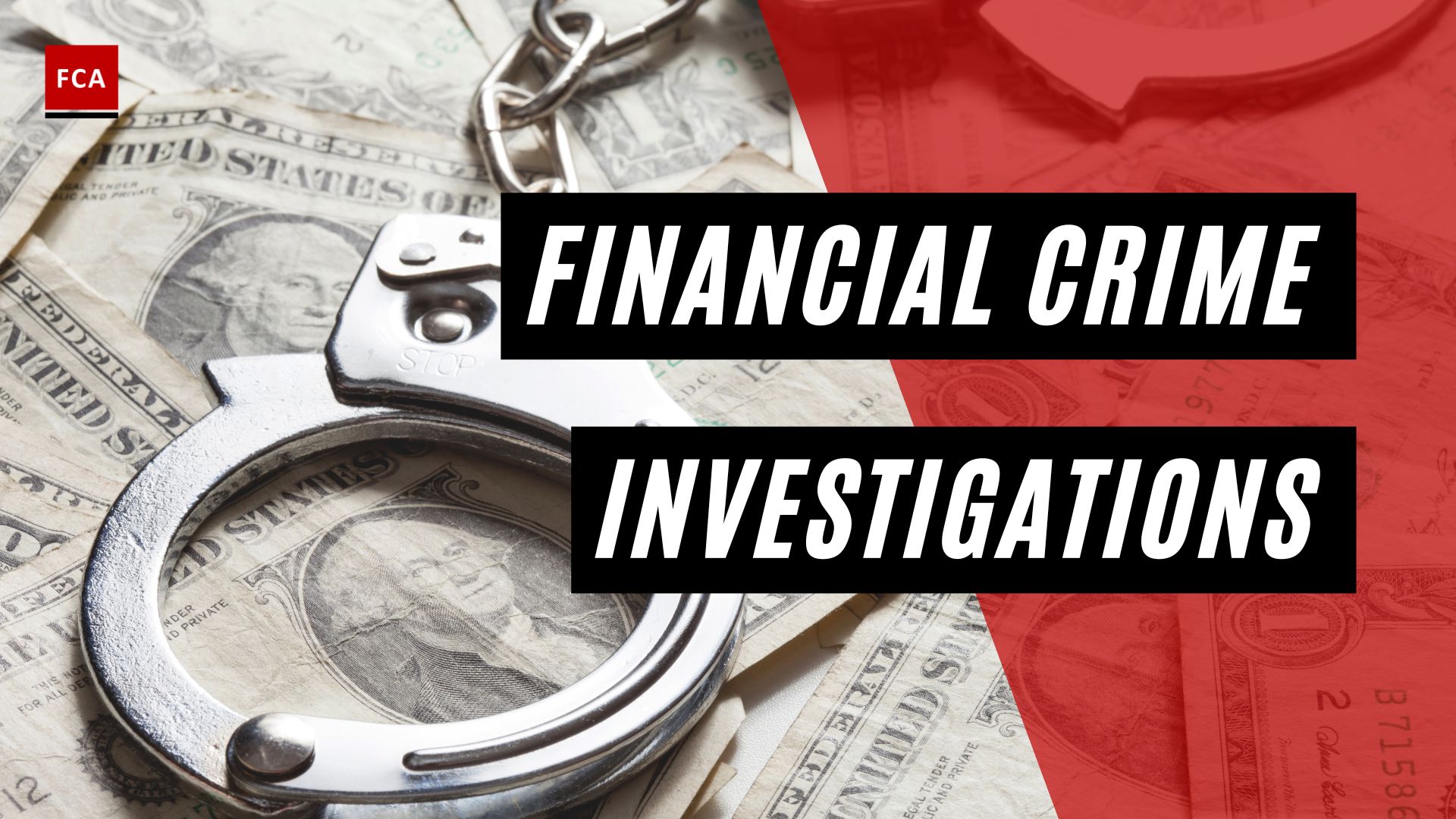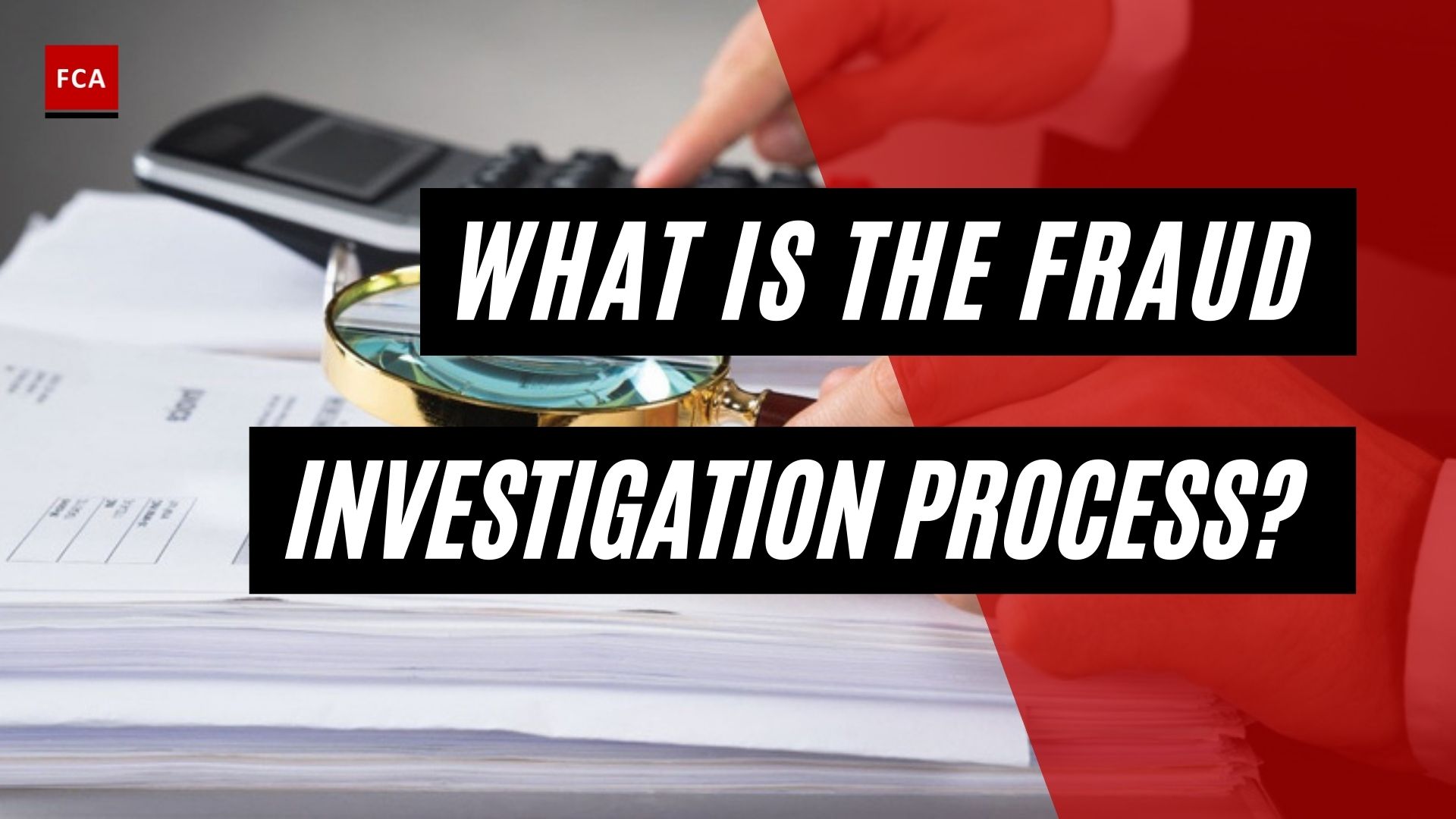The fraud triangle serves as a compelling tool to dissect the intricacies of fraud by focusing on three critical components: motivation, opportunity, and rationalization. By recognizing the spectrum of potential fraudsters and the circumstances that lead to justifications of dishonest acts, this model gives a deep insight into the psychological and circumstantial factors behind fraudulent behavior.
It emphasizes the crucial role of strong internal controls within organizations in preventing fraud, illustrating the importance of closing loopholes that might otherwise be exploited. Essentially, the Fraud Triangle acts as a mirror reflecting the complex human elements behind dishonesty, thereby providing a roadmap for fraud prevention strategies.

What Is The Fraud Triangle?
The fraud triangle is a framework that is used to explain why someone decides to commit fraud. Fraud is defined as intentional deception perpetrated by an employee or organization for personal gain.
It is necessary to consider of following factors:
- the motivation of potential fraudsters and the conditions under which they rationalized their behavior,
- opportunities available to commit the frauds,
- technical and power ability of the fraudsters,
- the expected risk of discovery of the fraud activity after it has been performed, and
- consequences of fraud discovery such as penalties and punishments.
The Fraud Triangle is a model that brings together a number of these aspects. The model tells us that the fraud usually results from a combination of three factors, which are:
- motivation,
- opportunity, and
- rationalization.
Fraudsters may be professionals or opportunists. They may be motivated to commit fraud at the workplace to fulfil their financial needs and desires, or they may be provided with an opportunity, which they avail themselves and gain personal benefits. Some of the fraudsters rationalize the fraud activities.
Below are the fraud triangle components discussed.
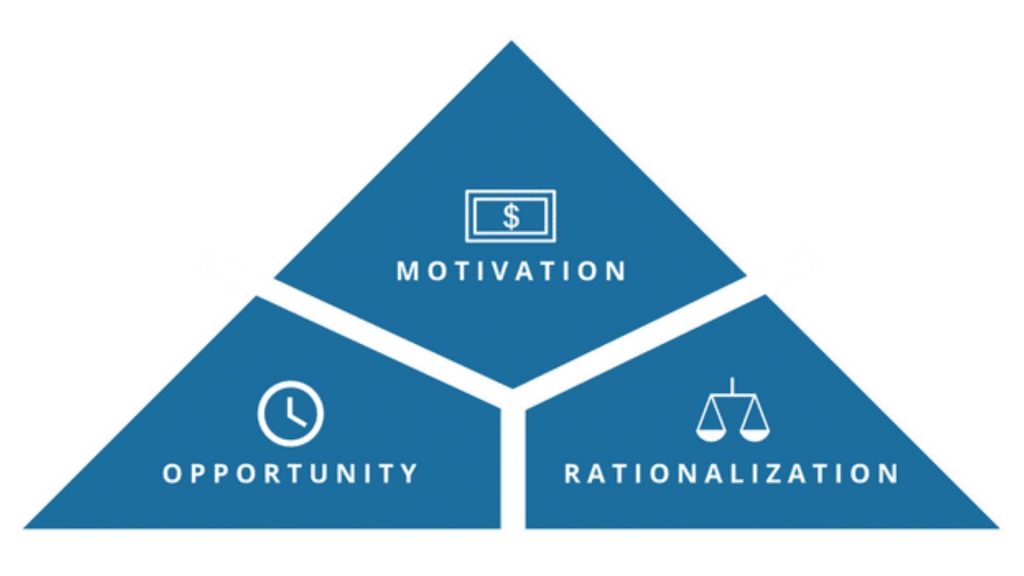
Motivation
Motivation is based on either greed or the need of the fraudster. Greed continues to be the main cause of fraud in many countries and jurisdictions. Many people are faced with or provided with the opportunity to commit fraud.
The personality, knowledge, and temperament of the fraudster enable them to confidently commit the frauds, and they are not the frightened people. There may be also the possibility that good people may fall into the bad company of the criminals who make them commit the frauds in the working places or the companies where these good people are employed.
For example, a bank employee may be used by the criminal to transfer the money from one location to another through opening an account with the bank without any due diligence of the criminal.
Opportunity
Fraud usually occurs in companies where there is a weak system of internal controls and poor security measures are implemented. Fraudsters exploit the weak internal control system and commit the activities to gain benefits.
Establishing robust internal controls is the responsibility of the board of directors and senior management of the company. Without appropriate and robust processes and controls, the operations of the company or organizations may not be run, causing various losses to the company such as operational, reputational, and financial losses. The financial position of the company deteriorates without appropriate internal controls.
A weak internal controls system means weak governance structure and poor policies and processes. Due to the weak internal control system, the organization is exposed to several types of risks such as:
- Financial risk,
- Reputational risk,
- Operational risk,
- Legal risk,
- Regulatory risk, and
- Strategic risk.
Rationalization
Various people obey the laws and regulations of the country because they believe that compliance with laws and regulations is their main responsibility. These types of people are afraid of being exposed if they are found in any illegal activity or non-compliance with any law or regulation.
However, some people may be able to rationalize fraudulent acts and actions as:
- necessary – especially when done for the business,
- harmless – because the victim is large enough to absorb the impact, or
- justified – because ‘the victim deserved it’ or ‘because I was mistreated.
Final Thoughts
The Fraud Triangle model eloquently dissects the complex nature of fraud, delineating it into three interlocking components: motivation, opportunity, and rationalization. It recognizes the diverse spectrum of potential fraudsters, from opportunists to professionals, as well as the circumstances under which they may justify fraudulent behavior. This framework underscores the importance of understanding the individual’s subjective perspective, illuminating the psychological and environmental factors that can encourage deception.
A particular focus is placed on organizational internal controls, or the lack thereof, emphasizing their critical role in providing or mitigating opportunities for fraud. Ultimately, the Fraud Triangle challenges us to consider the human elements that enable dishonesty and offers a comprehensive starting point for developing preventative strategies.

